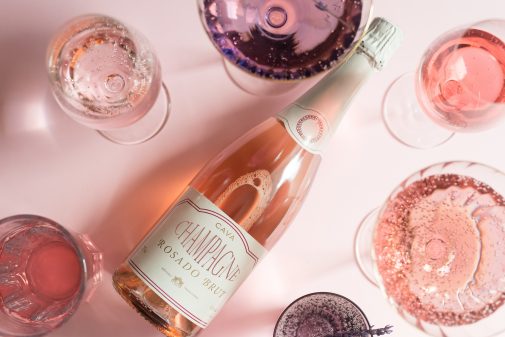BY GENEVIEVE MULLINS
The experience of cancer diagnosis, treatment, and post-treatment can often result in patients feeling overwhelmed and unable to verbally express difficult thoughts and feelings. Art Therapy provides cancer patients, specifically young adults, with powerful tools to cope with their illness and help facilitate self-expression and alternative ways of communicating.
Artistic activities can include, but are not limited to: painting, sculpture, drawing, writing, music or dance. When it comes to art, the sky is your limit – it doesn’t matter what art medium you choose, just as long as you feel comfortable using it. Better yet, you don’t need any specific skills or experience to reap the benefits. Regardless of whether you identify as an amateur drawer or a professional painter, there is absolutely no pressure to produce a masterpiece. Art allows patients to create freely without judgement or criticism.
The expression of art not only brings about creativity, but also provides positive emotional states of relaxation. During times of stress, art can assist in helping you focus and being present in the moment; while alleviating the internal struggles occurring in your mind and body, such as anxiety, low mood and pain.
DID YOU KNOW?
Regardless of whether you are viewing, analysing or creating art, brain function is positively impacted. Much like exercise and movement, art has the effect of increasing dopamine, or “feel good”, pathways in the brain. In fact, according to the Telegraph, simply by looking at a beautiful painting, sculpture or any other artwork, this increases blood flow to the brain by as much as 10 per cent – the equivalent of looking at someone you love.
One study, in particular, used FNIRS (functional near-infrared spectroscopy) technology to measure the blood flow, in the areas of the brain related to rewards, while participants completed a variety of art-making projects. All three examined drawing tasks (colouring, doodling, and free drawing) significantly increased blood flow to the brain’s prefrontal cortex, indicating activation of the reward pathway in the brain. Interestingly, doodling presented the maximum activation.
MUSIC
Music is one of the most widely used activities for children and adolescents. Through music we may find a way to vent our difficult thoughts and emotions. If singing or playing an instrument isn’t for you, simply listening to the lyrics or melody of a song can provide comfort and a sense of relatability. Music is an effective way for people to take control of their feelings and in turn helps to relieve stress.
Music Therapy has many beneficial effects on cancer patients. Research has shown that listening to music and/or making music may:
- Increase the body’s immune system
- Increase the body’s production of natural pain killers; sometimes reducing the need for medication
- Support faster recovery from medical procedures
- Improve mood and boost energy
- Help to regulate heart rate; breathing rate and blood pressure.
HOW TO PARTICIPATE
There is no right or wrong way to participate in art therapy. In one given moment, you may feel drawing provides you with the opportunity to express your inner emotions; whereas other times, the simple joys of listening to music may be the most appropriate way to feel connected and understood.
Certified art therapists are trained to facilitate artistic activities in a safe and positive environment. Working alongside patients, art therapists effectively support and help address emotional and psychological issues through the creative activity of your choice.
You don’t necessarily have to visit an art therapist to gain some of the therapeutic benefits of artistic expression. While in the comfort of your own home you may choose to rely on simple activities, such as journaling and sketching, to help alleviate any difficult emotions you may be experiencing. On that note, art can also be used as a tool to express positive thoughts and feelings too.
Solaris Cottesloe currently runs Sing for Joy, a 1.5 hour weekly choir from 10am-11.30am on Tuesdays which young adults can join.
Genevieve’s fascination with the mind and its impact on human behavior led her to pursue a Bachelor of Psychology, at QUT, and then further continued to complete an honours degree, at University of Sunshine Coast. Genevieve envisions her future to embrace a career assisting adults in discovering the cause of psychological issues and in turn providing guidance to alleviate pain and suffering. When she’s not working full time, Genevieve can be found relaxing at a coffee shop, jogging along the boardwalk of the Brisbane River, partaking in an early morning yoga class, or simply reading a good novel with a cup of tea.






